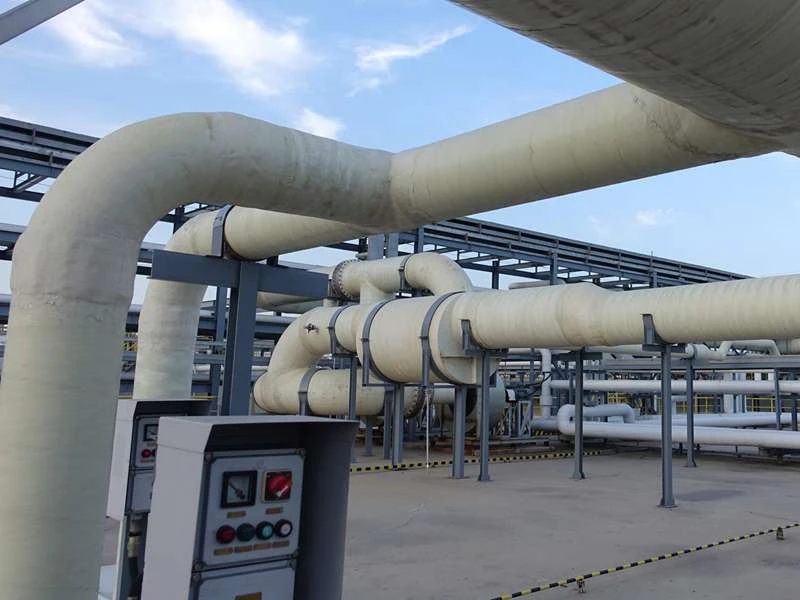
-
 Afrikaans
Afrikaans -
 Albanian
Albanian -
 Amharic
Amharic -
 Arabic
Arabic -
 Armenian
Armenian -
 Azerbaijani
Azerbaijani -
 Basque
Basque -
 Belarusian
Belarusian -
 Bengali
Bengali -
 Bosnian
Bosnian -
 Bulgarian
Bulgarian -
 Catalan
Catalan -
 Cebuano
Cebuano -
 China
China -
 China (Taiwan)
China (Taiwan) -
 Corsican
Corsican -
 Croatian
Croatian -
 Czech
Czech -
 Danish
Danish -
 Dutch
Dutch -
 English
English -
 Esperanto
Esperanto -
 Estonian
Estonian -
 Finnish
Finnish -
 French
French -
 Frisian
Frisian -
 Galician
Galician -
 Georgian
Georgian -
 German
German -
 Greek
Greek -
 Gujarati
Gujarati -
 Haitian Creole
Haitian Creole -
 hausa
hausa -
 hawaiian
hawaiian -
 Hebrew
Hebrew -
 Hindi
Hindi -
 Miao
Miao -
 Hungarian
Hungarian -
 Icelandic
Icelandic -
 igbo
igbo -
 Indonesian
Indonesian -
 irish
irish -
 Italian
Italian -
 Japanese
Japanese -
 Javanese
Javanese -
 Kannada
Kannada -
 kazakh
kazakh -
 Khmer
Khmer -
 Rwandese
Rwandese -
 Korean
Korean -
 Kurdish
Kurdish -
 Kyrgyz
Kyrgyz -
 Lao
Lao -
 Latin
Latin -
 Latvian
Latvian -
 Lithuanian
Lithuanian -
 Luxembourgish
Luxembourgish -
 Macedonian
Macedonian -
 Malgashi
Malgashi -
 Malay
Malay -
 Malayalam
Malayalam -
 Maltese
Maltese -
 Maori
Maori -
 Marathi
Marathi -
 Mongolian
Mongolian -
 Myanmar
Myanmar -
 Nepali
Nepali -
 Norwegian
Norwegian -
 Norwegian
Norwegian -
 Occitan
Occitan -
 Pashto
Pashto -
 Persian
Persian -
 Polish
Polish -
 Portuguese
Portuguese -
 Punjabi
Punjabi -
 Romanian
Romanian -
 Russian
Russian -
 Samoan
Samoan -
 Scottish Gaelic
Scottish Gaelic -
 Serbian
Serbian -
 Sesotho
Sesotho -
 Shona
Shona -
 Sindhi
Sindhi -
 Sinhala
Sinhala -
 Slovak
Slovak -
 Slovenian
Slovenian -
 Somali
Somali -
 Spanish
Spanish -
 Sundanese
Sundanese -
 Swahili
Swahili -
 Swedish
Swedish -
 Tagalog
Tagalog -
 Tajik
Tajik -
 Tamil
Tamil -
 Tatar
Tatar -
 Telugu
Telugu -
 Thai
Thai -
 Turkish
Turkish -
 Turkmen
Turkmen -
 Ukrainian
Ukrainian -
 Urdu
Urdu -
 Uighur
Uighur -
 Uzbek
Uzbek -
 Vietnamese
Vietnamese -
 Welsh
Welsh -
 Bantu
Bantu -
 Yiddish
Yiddish -
 Yoruba
Yoruba -
 Zulu
Zulu
FRP Sand Pipe Design and Applications for Enhanced Durability and Performance in Construction
FRP Sand Pipes A Revolutionary Approach to Sand Transportation
In the realm of industrial applications, the transportation of sand and other granular materials presents a series of challenges that demand innovative solutions. One such solution that has garnered attention in recent years is the use of Fiber-Reinforced Plastic (FRP) sand pipes. This cutting-edge technology offers numerous advantages over traditional materials, making it an ideal choice for various applications, including mining, construction, and bulk material handling.
Understanding FRP
Fiber-Reinforced Plastic (FRP) is a composite material made from a polymer matrix reinforced with fibers, typically glass or carbon fibers. This combination provides a unique set of properties that enhance the material's strength, durability, and resistance to environmental factors. FRP is well-known for its lightweight nature, which makes it easier to handle and transport compared to heavy alternatives like metal or concrete. Additionally, FRP exhibits excellent resistance to corrosion, making it suitable for environments where moisture and chemicals are prevalent.
Benefits of FRP Sand Pipes
1. Corrosion Resistance One of the most significant advantages of FRP sand pipes is their resistance to corrosion. Traditional metal pipes can suffer from rust and degradation when exposed to moisture and corrosive substances. In contrast, FRP pipes maintain their integrity over time, ensuring a longer lifespan and reducing maintenance costs.
2. Lightweight and Easy to Install FRP sand pipes are significantly lighter than steel or concrete pipes. This characteristic not only simplifies transportation but also reduces installation costs, as less manpower and equipment are required to maneuver the pipes into place. The ease of installation allows for quicker project completion, providing a competitive edge in time-sensitive applications.
3. High Strength-to-Weight Ratio The high strength-to-weight ratio of FRP makes it an excellent choice for transporting sand and other heavy materials. Even though they are lightweight, FRP pipes can withstand substantial stress and pressure, ensuring reliable performance under demanding conditions.
frp sand pipe

4. Cost-Effectiveness While the initial investment in FRP sand pipes might be higher than traditional materials, the long-term savings are undeniable. Lower maintenance costs, extended lifespan, and reduced installation time contribute to overall cost-effectiveness, making FRP a wise investment for many industries.
5. Flexibility in Design FRP can be molded into various shapes and sizes, allowing for customization to meet specific project requirements. This flexibility in design enables engineers to create efficient systems that optimize the flow of sand and minimize blockages, enhancing overall operational efficiency.
Applications of FRP Sand Pipes
FRP sand pipes are increasingly being utilized in various sectors. In the mining industry, they are employed to transport sand extracted from mineral deposits, providing a durable and long-lasting solution. In construction, FRP pipes facilitate the transportation of sand and aggregate materials for concrete production. Furthermore, with the rise of fracking and other unconventional oil extraction methods, FRP has found its place in the transportation of sand used in hydraulic fracturing operations.
Conclusion
The adoption of FRP sand pipes represents a significant advancement in the field of material transportation. With their corrosion-resistant properties, lightweight structure, high strength, and cost-effectiveness, FRP pipes are revolutionizing how industries transport sand and other granular materials. As more companies recognize the benefits of this modern solution, it is likely that FRP sand pipes will become a standard in various applications, paving the way for more efficient and sustainable operations.
In summary, FRP sand pipes not only provide a practical solution to traditional transportation challenges but also contribute to a more sustainable industrial future. As technology continues to advance, the potential for fiber-reinforced materials in sand transport and beyond remains vast, promising exciting developments on the horizon.









